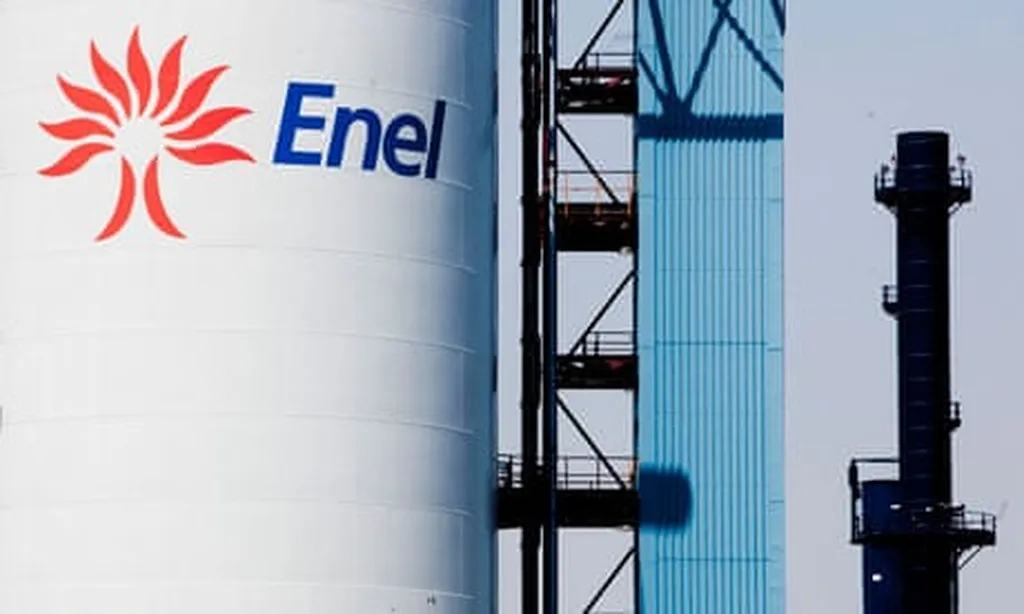In a significant move to combat climate change, the European Union and the United States have implemented distinct yet synergistic approaches to regulate hydrofluorocarbons (HFCs), chemicals widely used in refrigeration and air conditioning systems. A recent study published in *Zhileng xuebao* (translated to English as “Construction Science Journal”) systematically analyzed these allowance allocation systems, offering valuable insights for the global energy sector.
Lead author Liu Jinmiao, whose affiliation is not specified, highlights that while HFCs do not deplete the ozone layer, their high global warming potentials (GWPs) ranging from 12 to 14,000 make them a critical target for climate mitigation. The study underscores the importance of the Kigali Amendment, an international agreement aimed at phasing down HFCs, and the pursuit of climate neutrality goals.
The EU has taken a pioneering stance by adopting paid quotas, thereby strengthening market constraints. “The EU’s approach is a clear example of using economic measures to drive behavioral change,” Liu notes. This method ensures that companies pay for their HFC allowances, incentivizing a shift towards more sustainable alternatives.
In contrast, the US has opted for a more flexible system using free quotas coupled with a quota transfer offset system. This approach allows for a more adaptable market response, leveraging market tools to achieve environmental goals. “The US system provides a good example of how market mechanisms can be used to achieve environmental objectives,” Liu explains.
Both regions have established quota-accounting methods based on the GWP values of substances, ensuring that the environmental impact is accurately reflected in the allocation process. The US has further developed a toolbox for HFC quota allocation, providing a comprehensive framework for managing these potent greenhouse gases.
China, which implemented its own HFC quota licensing system in 2024, can draw valuable lessons from these experiences. The study suggests that the EU and US models offer practical insights for China as it works towards compliance with the Kigali Amendment.
The implications for the energy sector are profound. As companies navigate these regulatory landscapes, they will need to adapt their practices to reduce HFC emissions. This shift is expected to drive innovation in refrigeration and air conditioning technologies, fostering a more sustainable future.
Liu’s research, published in *Zhileng xuebao*, serves as a crucial reference for policymakers and industry leaders alike. By understanding the nuances of these allowance allocation systems, stakeholders can better prepare for the challenges and opportunities ahead. As the world moves towards climate neutrality, the lessons from the EU and US will be instrumental in shaping global efforts to mitigate the impacts of HFCs.

